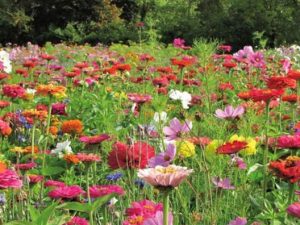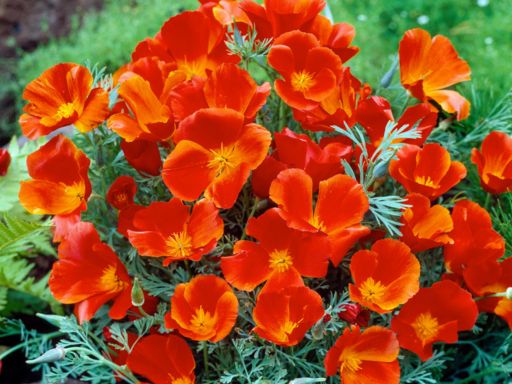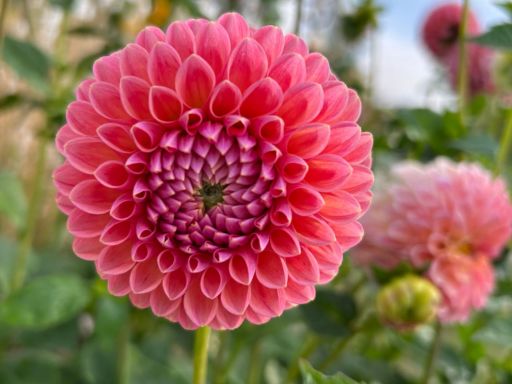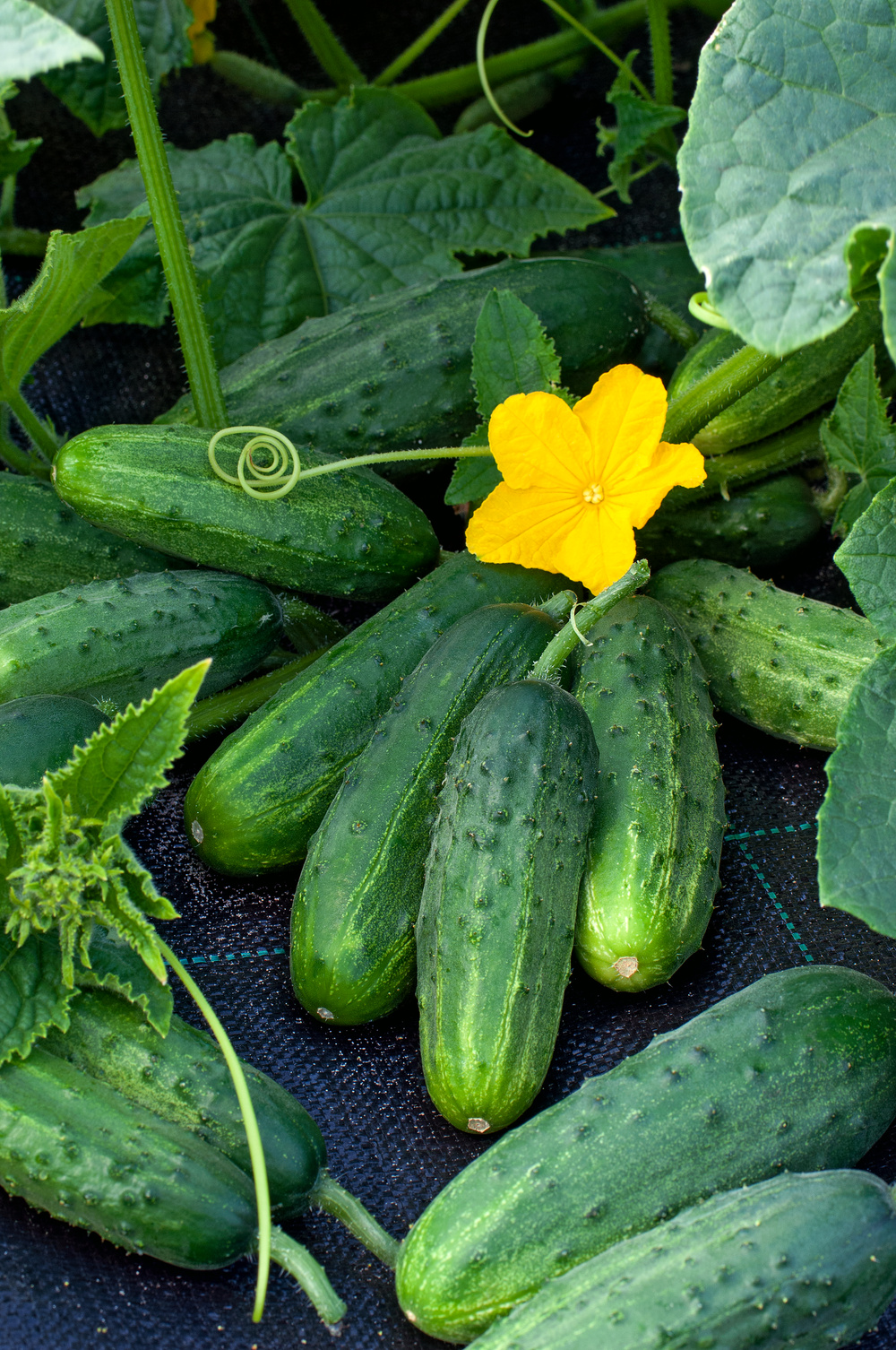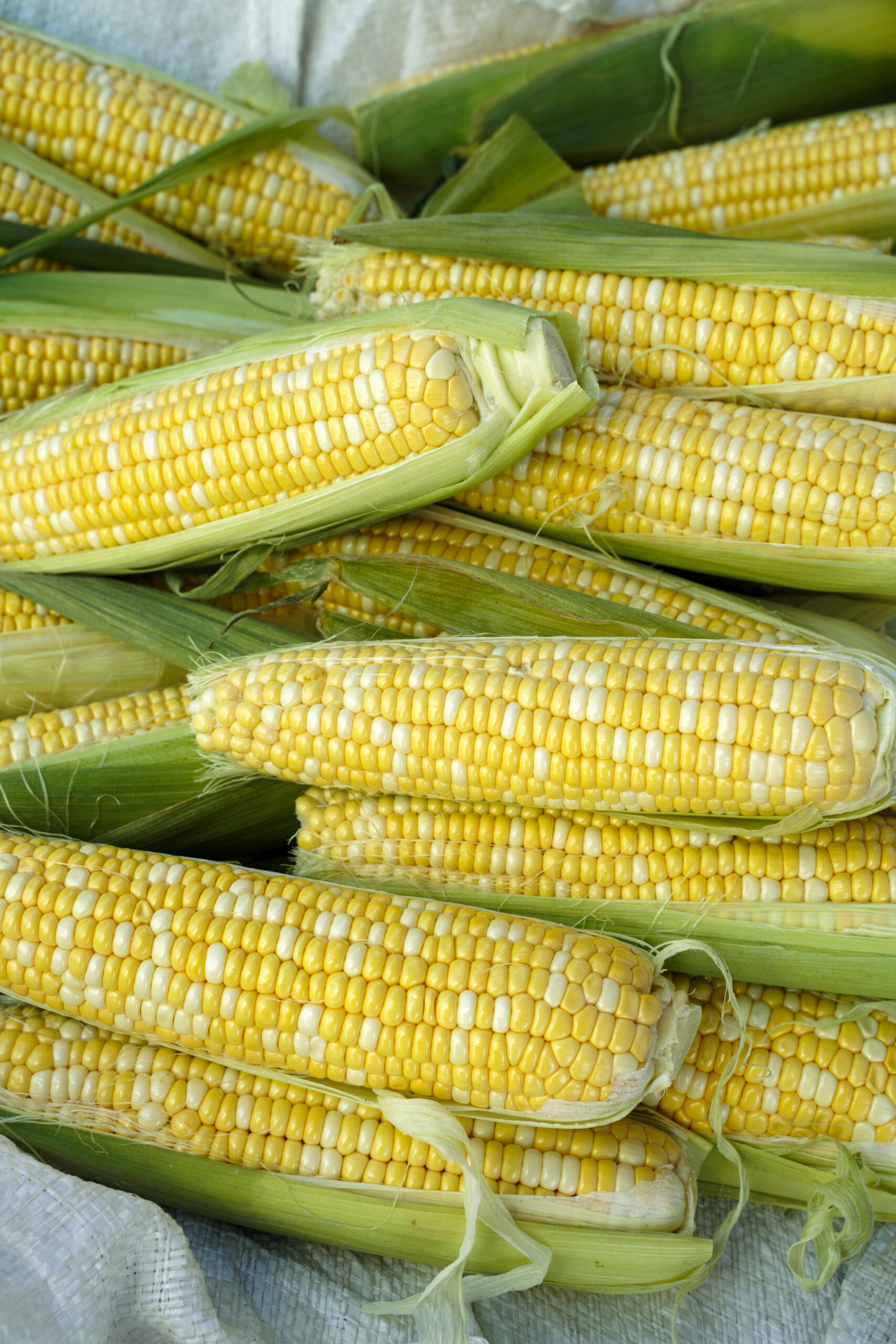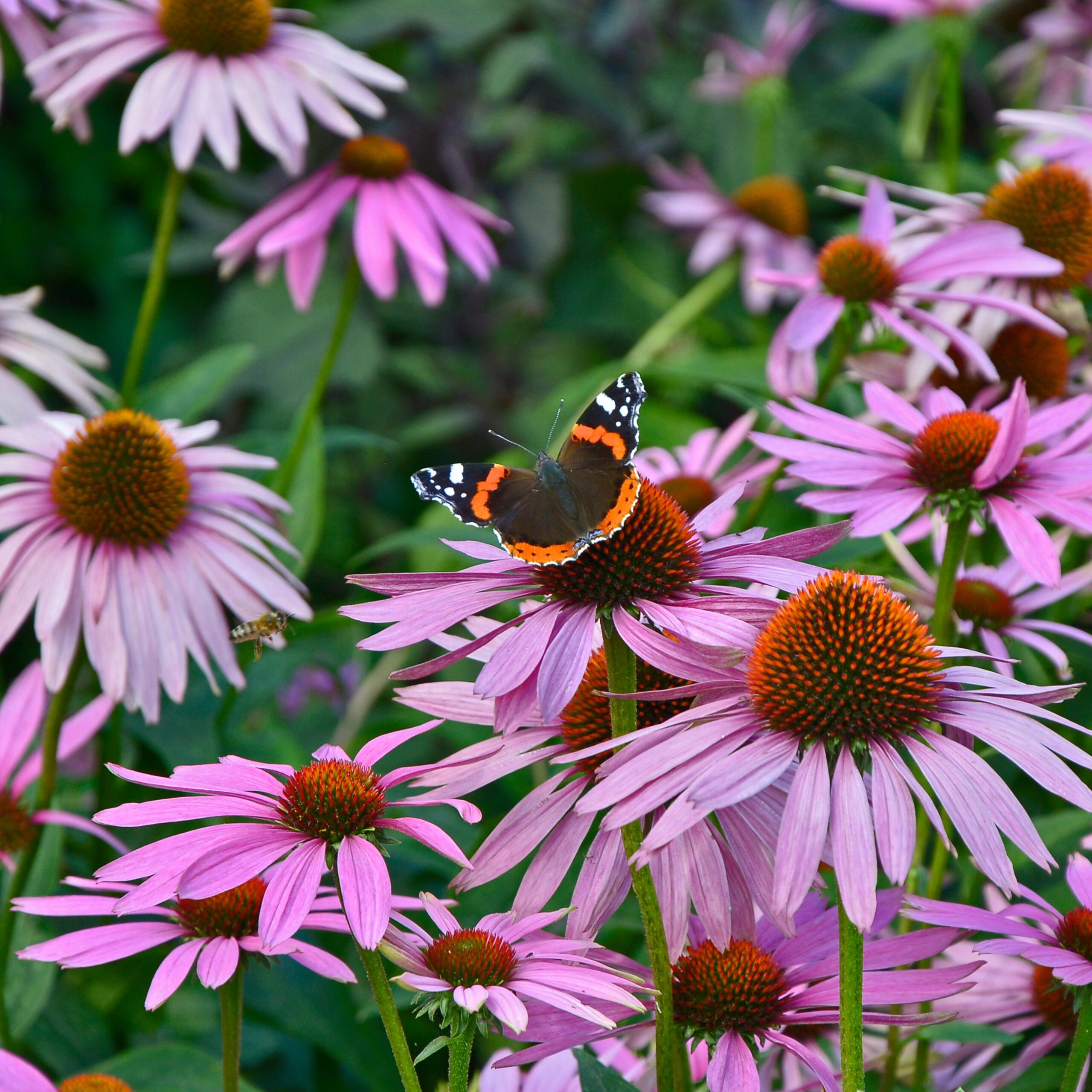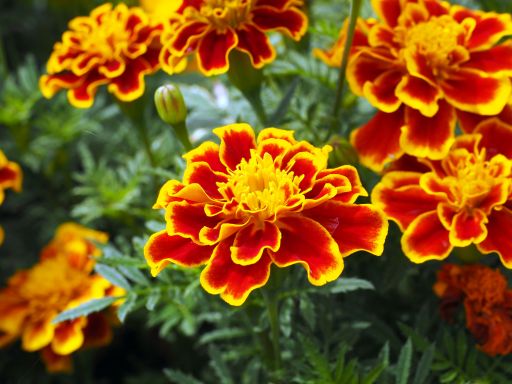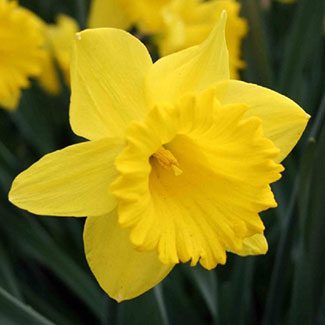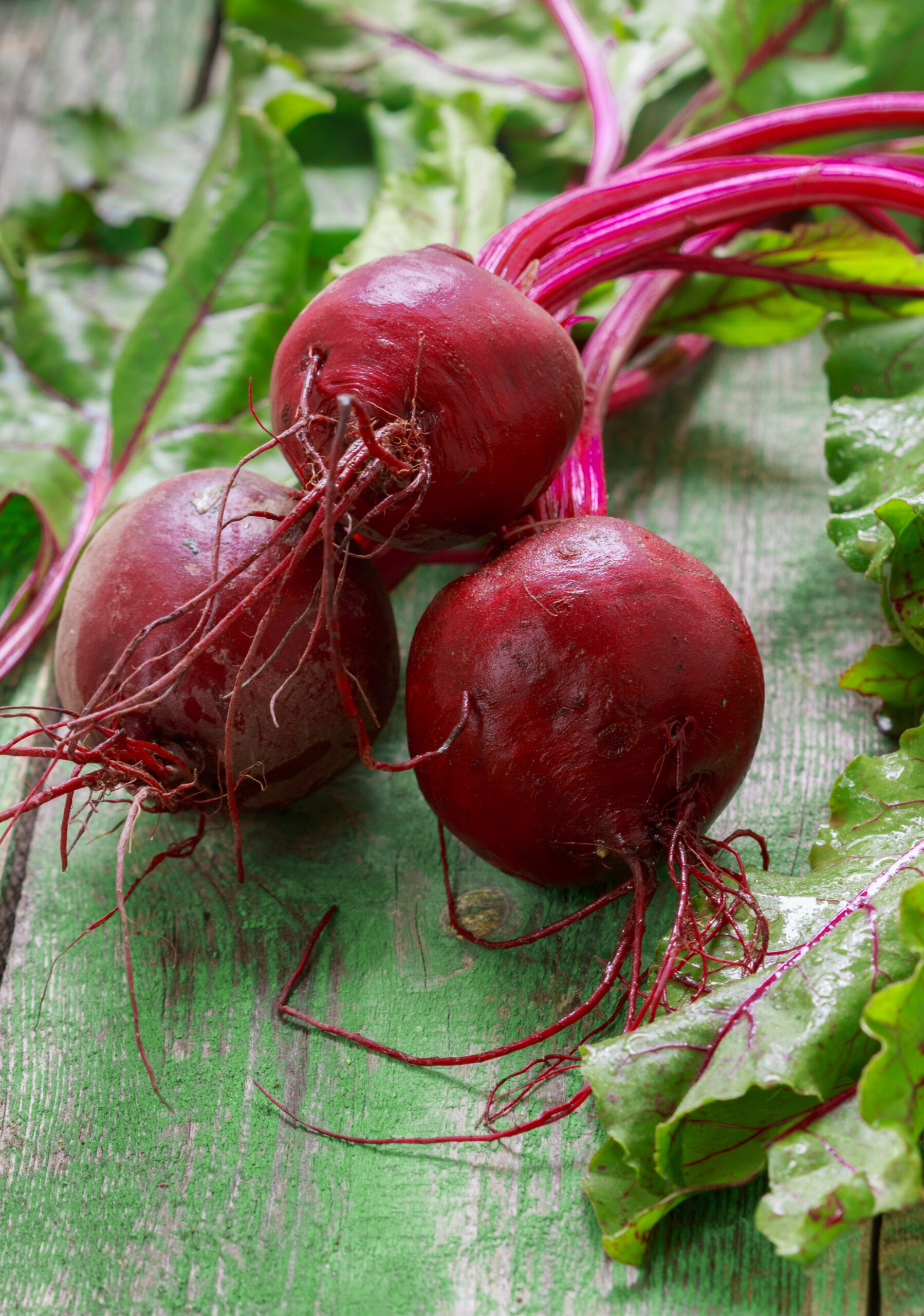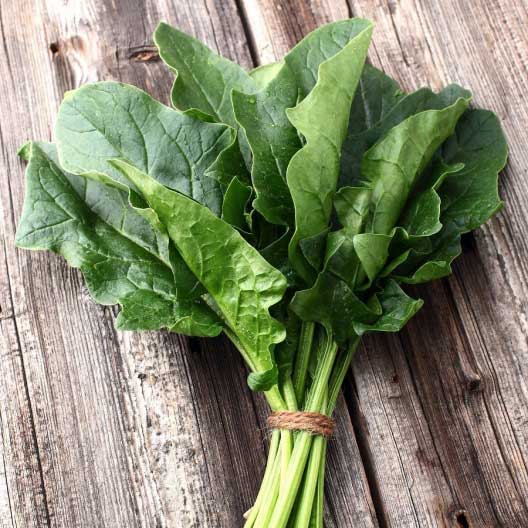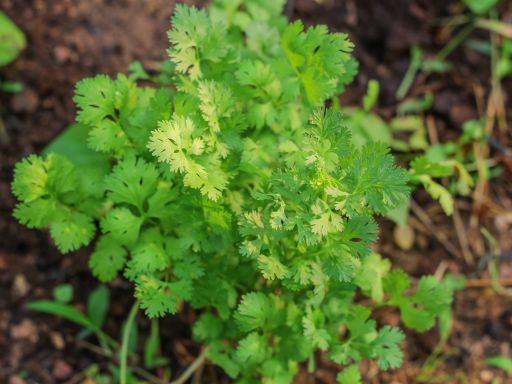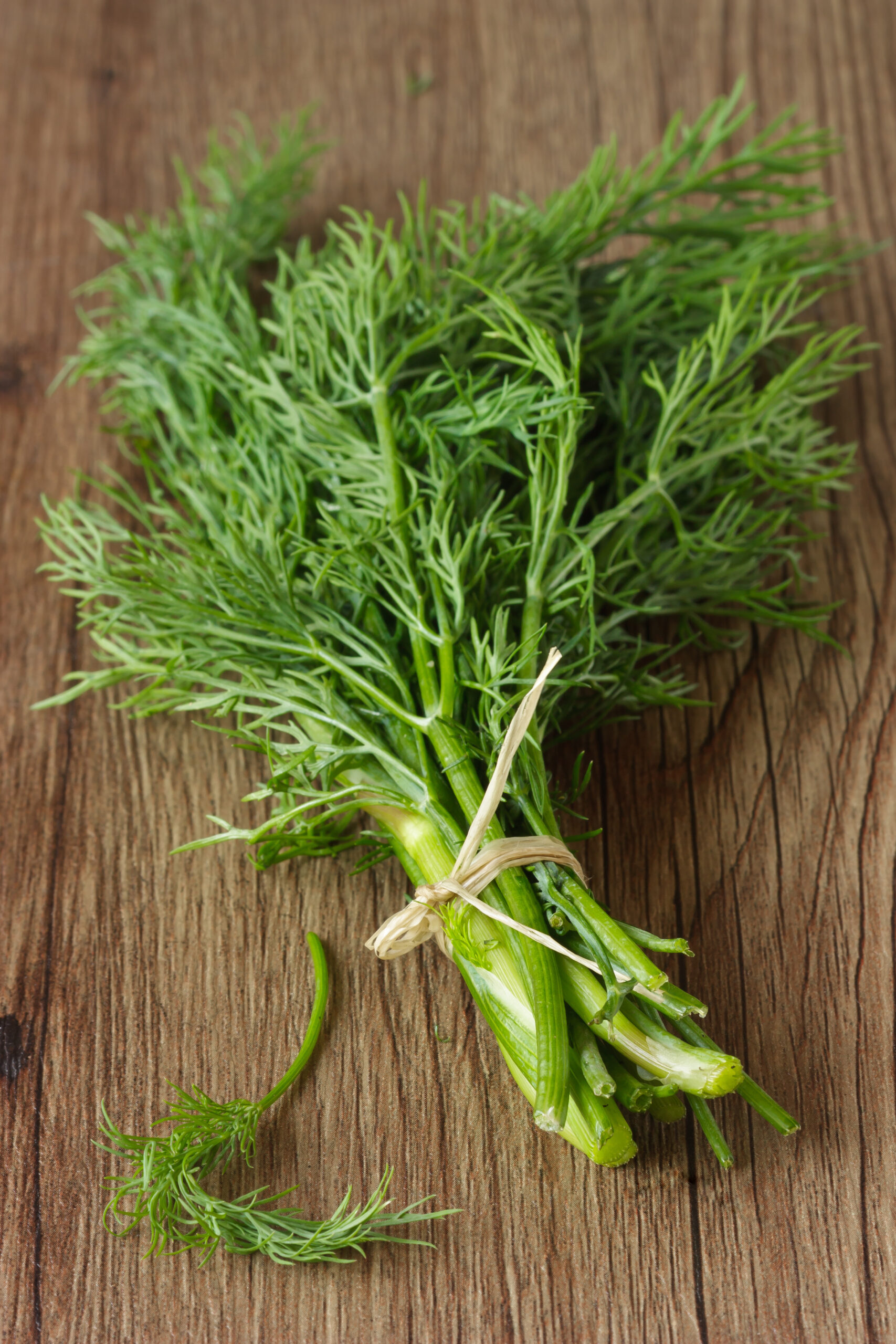Gardening in Zone 10
When are we not gardening? Gardening in zone 10 provides a year-round growing season with mild winters and hot summers. Some regions experience dry, arid conditions while others are humid. Both climates support a wide variety of plants, including heat-loving vegetables, tropical fruits, and drought-resistant plants like succulents and ornamental grasses. With the right timing and care, gardeners can cultivate everything from perennial flowers to citrus trees. This zone 10 planting guide will help you to plan around seasonal temperature shifts and ensure a thriving and productive garden. See Zone 10: Spring for garden projects and the best flowers and vegetables to plant during that season; and see Zone 10: Fall for gardening tasks and planting possibilities later in the year.
First and Last Frost Dates
To choose the best plants and determine optimal planting times for zone 10 plants, it’s essential to know your area’s minimum temperatures. You can easily find this information using the Eden Brothers’ USDA hardiness zone map found here.

In zone 10, frost is rare, allowing for easy year-round growing of heat-loving plants. States located in zone 10 include Hawaii, parts of Florida, California, and the southernmost tip of Texas. For specific plant recommendations suited to zone 10, refer to the “What’s Growing in Spring?” section.
Zone 10: Spring
Garden Maintenance and Projects
Spring is the perfect time to prepare your garden for a productive growing season! Garden maintenance and projects include:
- Mulch to retain moisture and maintain slightly cooler soil temperatures in dry areas
- Fertilize fruit trees like avocados, lemons, grapefruits, and all citrus as well as other zone 10 plants for healthy growth for the season
- Prune & deadhead to remove spent blooms and tame overgrown plants to encourage new flowers
- Inspect drip lines and sprinklers to ensure efficient and sufficient watering before the summer heat hits
What’s Growing in Spring?
Don your sun block and sunglasses, spring in zone 10 brings rapid growth with perennial flowers like daffodils, geraniums and lantana in full bloom. Drought-resistant plants such as rosemary and lobelia thrive, while warm-season vegetables like tomatoes, squash, and peppers take off, with the right amount of water to become established. Tropical fruits, citrus trees, and succulents continue to grow, making spring a vibrant and productive season.
Flower Seeds to Plant in Spring
Lucky for us, many flower varieties are easily established in zone 10 in the spring. The following zone 10 plants are both unique and well-suited to the warm temperatures and can handle the intense summer heat:
Annual Flowers:
Cosmos are a self-seeding annual that typically make their return each year in zone 10. If you’re looking for a low maintenance yet beautiful option, these graceful, airy blooms won’t disappoint!
Perennial Flowers:
Flower Bulbs to Plant in Spring
In zone 10, spring is an excellent time to plant flower bulbs and corms that thrive in warmer temperatures and require minimal care. Options include:
Dahlias, freesia, and canna lilies are drought-resistant varieties making them a desirable choice for an area prone to long stretches without water.
Vegetables and Herbs to Plant in Spring
Vegetable gardeners in zone 10 should focus on heat-tolerant plants, though some cool-season crops can produce in winter and early spring.
Direct Sow:
Start Indoors (transplant after temps warm):
Perennial Herbs:
Other Springtime Planting Possibilities
In springtime, gardeners can explore a wide variety of plants in zone 10 that thrive in the hot climate. Some options include: exotic herbs, ornamental grasses, microgreens, and drought tolerant plants.
- Exotic herbs: Perilla (Shiso), tarragon, capers, lemon grass, fenugreek, and curry plant
- Ornamental Grasses: Foxtail millet, Mexican feather grass, and pampas grass
- Microgreens: radish, sunflower, beet, arugula, and even cauliflower and melons
- Drought-resistant plants: Lavender, zinnia, bee balm, verbena, alyssum, amaranthus
Looking Ahead to Summer
Summer gardening varies based on whether you’re in a humid or arid climate. In humid areas, avoid overwatering and prune regularly to improve airflow around plants which helps reduce risk of diseases. For arid climates, prioritize drought-resistant plants, use mulch to conserve moisture, and check irrigation systems for efficiency. In both climates, consider providing shade to your plants in the heat of summer to help reduce plant stress, especially for more delicate varieties.
Zone 10: Fall
Garden Maintenance and Projects
In fall, zone 10 gardeners should prepare for cooler months while ensuring continued plant growth:
- Clean up garden beds by removing any dead plants, weeds, or debris to reduce pests and diseases
- Prune dead or damaged branches from trees, shrubs, and bushes to improve plant health
- Mulch around plants to retain moisture, regulate soil temperature, and prevent weed growth
- Fertilize to support plants’ root development and give them a boost moving into the cooler season
Flower Seeds to Plant in Fall
In zone 10, several perennial flowers are best planted in late fall. Consider these heat-tolerant varieties for zone 10 plantings:
Direct Sow in fall (can also be started indoors in early spring):
- Black-eyed Susan
- Autumn Sage
- Purple Coneflower
- Coreopsis
- Mexican Primrose
- Desert Four O’Clock
Start Indoors (seed late summer/early fall for late fall blooms):
Flower Bulbs to Plant in Fall
For a diverse and striking perennial flower garden in zone 10, plant these in the fall:
Ranunculus are an incredible addition to the zone 10 garden with their vibrant flowers, and ruffled, multi-layered petals. Ranunculus thrive in mild winter temperatures that zone 10 offers and bloom during cooler weather, often requiring shade for hot summer months.
Vegetables and Herbs to Plant in Fall
Some of our hottest days come during the fall. Waiting until late fall/winter can offer an ideal time for gardeners to plant a range of vegetables and herbs, ensuring consistent harvests through the cooler months and into early spring. Follow this zone 10 planting guide for best planting practices:
- Direct Sow in Late Fall/Winter: Mustard greens, Swiss chard, spinach, kale, beets, and carrots can grow when sown directly in cooler months.
- Annual Herbs: Dill, cilantro, parsley, chervil, and summer savory all do well in zone 10 in the fall
- Perennial Herbs: Oregano, thyme, chives, rosemary, sage, tarragon, and fennel can be planted in fall
- Garlic and Shallots: Plant in late fall or early winter, typically around November or December, for an early summer harvest the following year
- Perennial Vegetables: Asparagus, artichokes/cardoons, rhubarb, horseradish, and sorrel do well when planted in fall or spring.
Other Fall Planting Possibilities
Round out your garden with these zone 10 plants suited for fall, including ornamental grasses, microgreens, fruits, and wildflowers.
- Ornamental grasses: Heat-tolerant options like pampas grass, Mexican feather grass, foxtail millet do well when established in fall
- Microgreens: For a quick crop that is a great addition to every meal, try kale, radish, arugula, and mustard microgreens
- Fruits: In humid areas, establish passion fruit, guavas, pineapples, goji berries, and prickly pear cactus that all thrive in drier climates in fall.
- Wildflower Seeds: Sown in fall, wildflowers offer earlier blooms the following spring because they have been given a better chance of establishing a strong root system before the summer heat sets in. Our Regional Wildflower Mixes have been specially formulated for zone 10.
Looking Ahead to Winter and Early Spring
As winter and early spring approach in zone 10, gardeners can take advantage of the mild climate to grow cool-season crops, plant fruit trees, and prepare for the next growing season. It is the perfect time to establish leafy greens, herbs, and root vegetables while also tending to and cleaning up fruit trees and perennials. With warm temperatures year-round, winter is an active season for planting, pruning, and maintaining your zone 10 plants.

